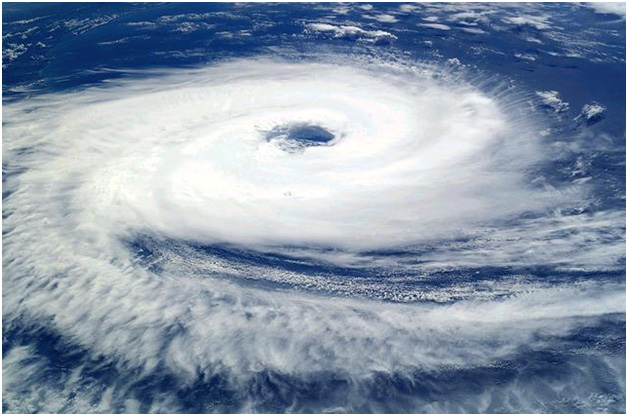Learn how planning ahead can help you protect your family, your home and your belongings in a dangerous storm.
Content provided by Allstate

When the weatherman tells you to take cover because a hurricane is on the way, the last thing you want to do is worry about whether you are prepared. A little effort now—before catastrophe strikes—can yield big savings (and peace of mind) in the future.
These 6 tips can help you plan ahead so you never have to face a storm unprepared.
1. Check your insurance coverage to make sure it reflects the current state of your home. Consider adding flood insurance and coverage for additional living expenses in case your home is uninhabitable after a storm.
2. Doing a home inventory can save you time and make filing a claim easier, ensuring you don’t forget anything. Document the contents of your home with a video camera or other home inventory tool. Keep receipts for valuable items and consider separate coverage for these things.
3. Protect your property by installing the following items in your home:
- Hurricane shutters or keep ¾ inch outdoor plywood boards for each window. If using boards, be sure to install anchors and pre-drill holes so you can put them up quickly.
- Head and foot bolts on doors for extra protection.
- Hurricane straps or clips to help hold the roof to the walls of your home.
- A safe room that can withstand high winds and flying debris.
Also, be sure to keep up with your landscaping; diseased and damaged tree limbs can become serious hazards in high-speed storm winds.
4. Stock your emergency supply kit with basic survival items. You’ll want to have a 2-week supply of water and ready-to-eat, non-perishable food for every family member and pet. If you evacuate, you’ll want a 3-day supply of the same. Other items to add to your supply kit include:
- Manual can opener
- Essential medicines including eyeglasses and contact lenses
- Personal hygiene items such as toilet paper, toothbrush and toothpaste
- Change of clothing
- Paper towels, hand sanitizer, and eating utensils
- First-aid kit
- Battery-powered flashlight and radio with extra batteries
- Blankets, pillows and sleeping bags
- Mosquito repellant and citronella candles
- 2 coolers—one for food, one for ice
- Plastic tarp for roof/window repairs and tools
- Special items for infant, elderly or disabled family members
5. Have an established evacuation plan to help reduce stress. If you don’t have transportation of your own, make arrangements now with friends or family members and don’t forget about the pets!
You want to make sure the whole family is covered, so identify an out-of-state contact that everyone will call if separated and establish a meeting location at least 50 miles inland.
Lastly, gather important papers to take with you:
- Driver’s license or personal ID
- Social security card
- Proof of residence (deed, lease or utility bills)
- Insurance policies (home, auto, flood, wind)
- Birth and marriage certificates
- Stocks, bond and other negotiable certificates (yes, they’re stored online as well but in case there’s no disaster in the Worldwide Web – keep thinking)
- Wills, deeds, and copies of recent tax returns
- Personal checkbook and any unpaid bills
6. Don’t take silly risks like running back into a home that’s been destroyed or refuse to evacuate when you’ve been ordered to, just to salvage material possessions. Things can be replaced, but people cannot.
